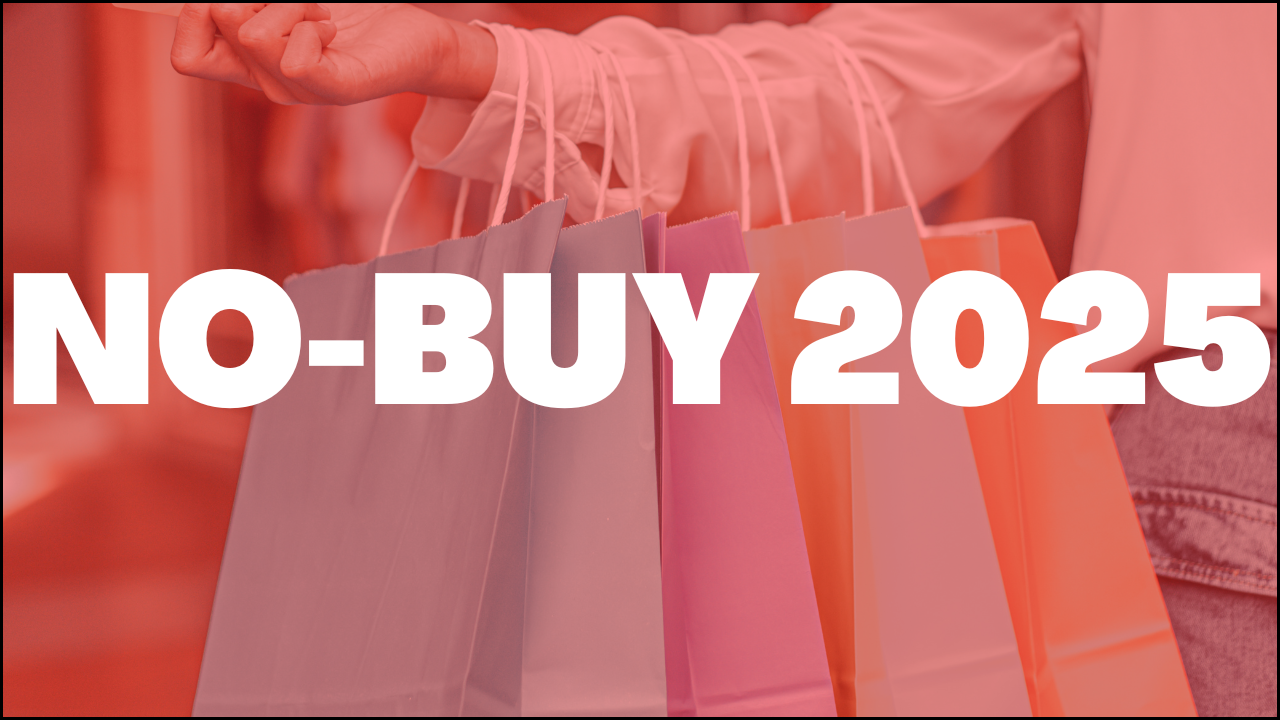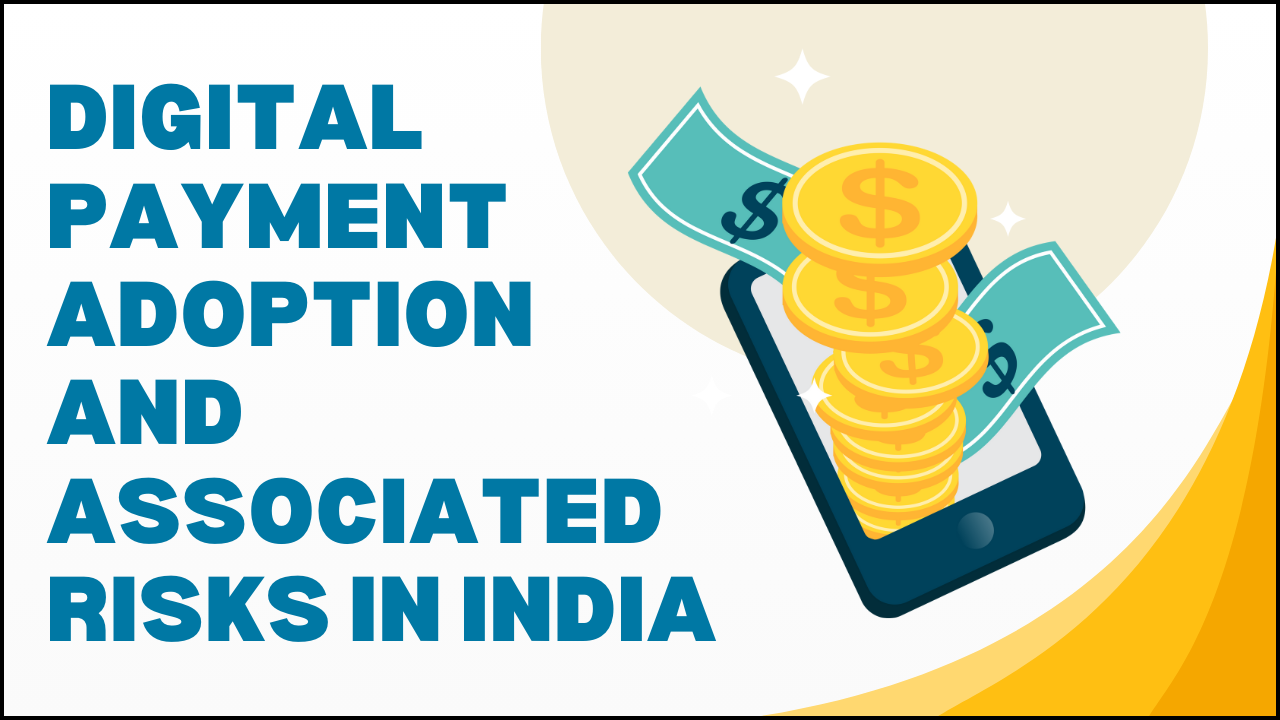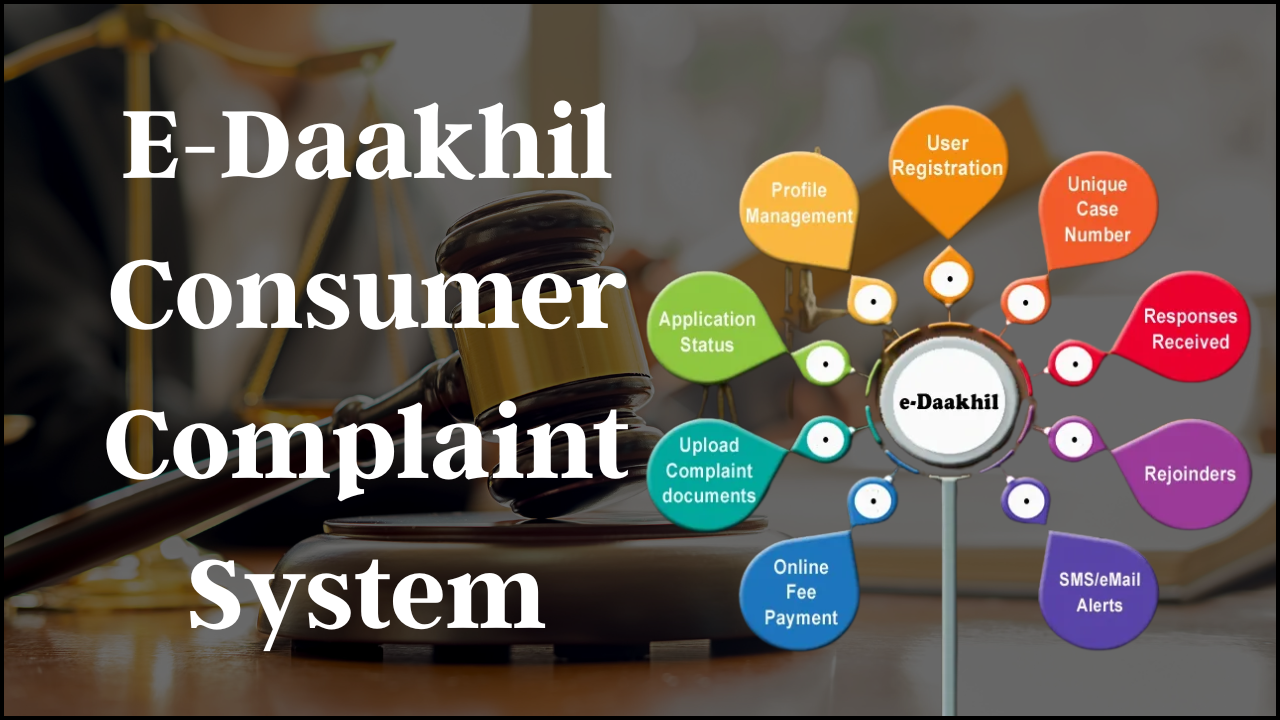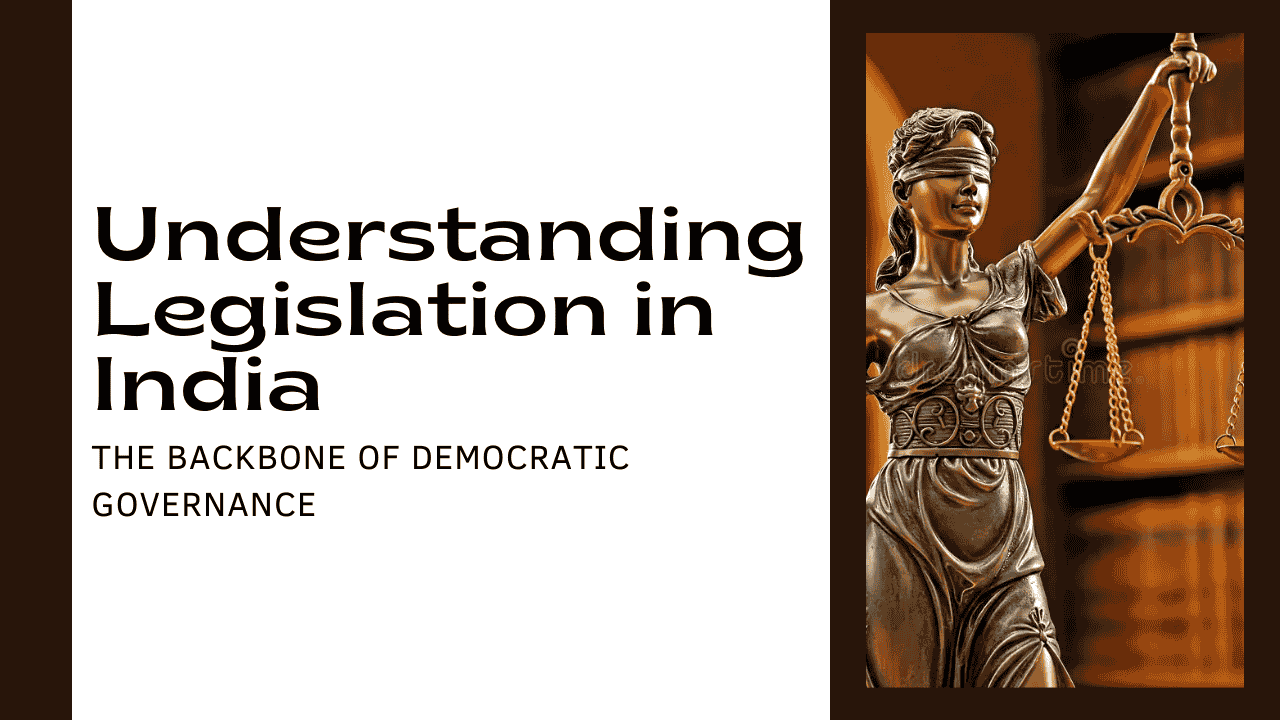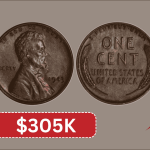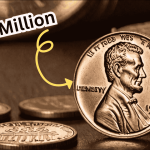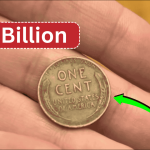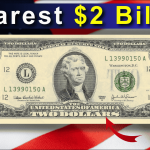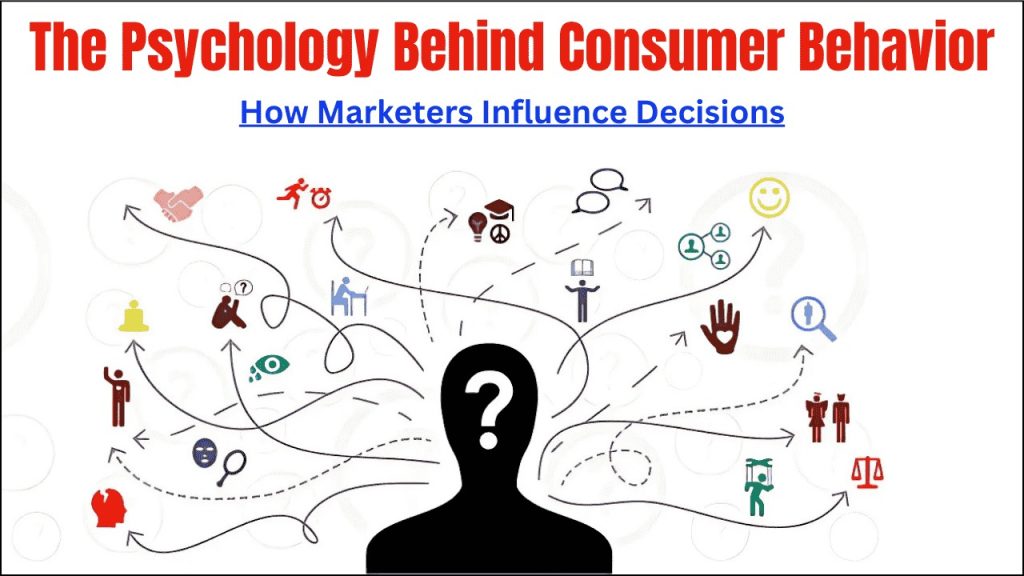
Have you ever wondered why you feel drawn to certain products or develop a strong connection with specific brands? The choices we make while shopping are not random; they are influenced by various psychological factors. Businesses use these insights to attract customers, increase sales, and build lasting brand loyalty. Understanding these tactics can help both businesses and consumers make smarter decisions.
Understanding Consumer Behavior
Consumer behavior refers to the way people decide to purchase products or services. Many factors play a role in these decisions, including emotions, personal preferences, culture, social influence, and marketing strategies. Often, shopping decisions are not purely logical but are instead shaped by subconscious thoughts and feelings.
Businesses carefully study consumer behavior to predict trends and create strategies that persuade customers to buy. They use psychological techniques to trigger emotions, establish trust, and create a sense of urgency that encourages people to make a purchase.
Psychological Factors That Influence Buying Decisions
Several psychological principles shape our shopping habits. Some of the most influential factors include:
Perception and Branding
The way people perceive a brand directly affects their opinion of its products. Brand perception is shaped by advertising, past experiences, and even word-of-mouth recommendations. For example, Rolex is commonly associated with luxury, wealth, and success.
Marketers design brand identities using logos, colors, and packaging that influence customer perceptions. Bright colors may create excitement, while soft tones suggest calmness and reliability. A strong, consistent brand image builds trust and makes products more appealing.
The Role of Emotions
Emotions often play a bigger role in purchasing decisions than logic. Advertisers create emotional connections with their audience through carefully crafted messages and visuals. For example, a commercial featuring a happy family enjoying a meal together evokes feelings of warmth and nostalgia, making the product more appealing.
Storytelling is another powerful tool. When brands share real or fictional stories that resonate with people’s experiences, they create deeper connections and enhance customer loyalty.
Social Proof and Influence
People tend to trust and follow the choices of others. If a product is popular or widely recommended, it gains credibility. This is why businesses emphasize customer reviews, testimonials, and influencer endorsements.
When a product has numerous positive reviews or is promoted by a trusted public figure, consumers feel more confident in purchasing it. Even recommendations from friends and family can significantly influence buying behavior.
Scarcity and Urgency
Consumers often place higher value on things that appear to be rare or available for a limited time. Marketers use scarcity to create urgency, encouraging customers to act quickly.
Phrases like “Only a Few Left” or “Limited-Time Offer” trigger the fear of missing out (FOMO), prompting impulsive purchases. This technique is widely used in e-commerce and retail promotions.
The Power of Reciprocity
The principle of reciprocity suggests that when people receive something for free, they feel compelled to return the favor. Businesses use this strategy by offering free samples, discounts, or valuable content.
For example, a cosmetics brand offering free product samples increases the likelihood that consumers will later purchase the full-sized version.
Anchoring Bias
Consumers tend to rely on the first piece of information they see when making a decision. Marketers take advantage of this by displaying a high original price next to a discounted price, making the new price seem like a great deal.
For instance, if a watch is originally priced at $500 but is marked down to $250, shoppers perceive it as a bargain—even if its actual value is closer to $250.
How Businesses Use These Psychological Strategies
Marketers apply these psychological tactics in various ways to shape consumer behavior and increase sales. Some common methods include:
Personalized Advertising
Companies track customer preferences and online activities to display targeted ads. When people see products that match their interests, they are more likely to make a purchase.
Persuasive Marketing
Marketers create compelling advertisements using emotional triggers, catchy slogans, and eye-catching visuals. Instead of simply listing product features, they focus on how the product benefits the consumer.
Loyalty Programs
Businesses reward repeat customers with discounts, reward points, or exclusive offers. This encourages people to keep purchasing from the same brand rather than switching to competitors.
Social Media Engagement
Brands actively engage with their audience on social media through influencers, interactive posts, and engaging content. This helps maintain interest and trust, making consumers feel more connected to the brand.
Smart Pricing Methods
Businesses use pricing techniques to make products seem more affordable. For example, a price of $9.99 appears more attractive than $10, even though the difference is just one cent. This small trick influences buying decisions more than we realize.
Final Thoughts
Understanding how psychology influences consumer behavior benefits both businesses and shoppers. Marketers use these techniques to guide purchasing decisions, while consumers can become more aware of these tactics and make informed choices.
By recognizing the impact of branding, emotions, social proof, urgency, and pricing strategies, people can shop more wisely and avoid impulsive purchases. In the end, psychology plays a significant role in shaping the way we buy and interact with brands.
